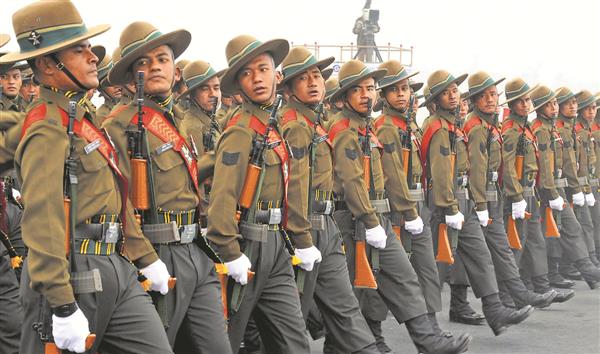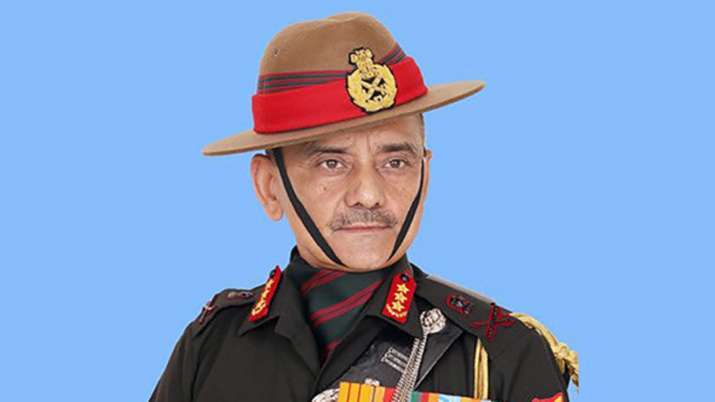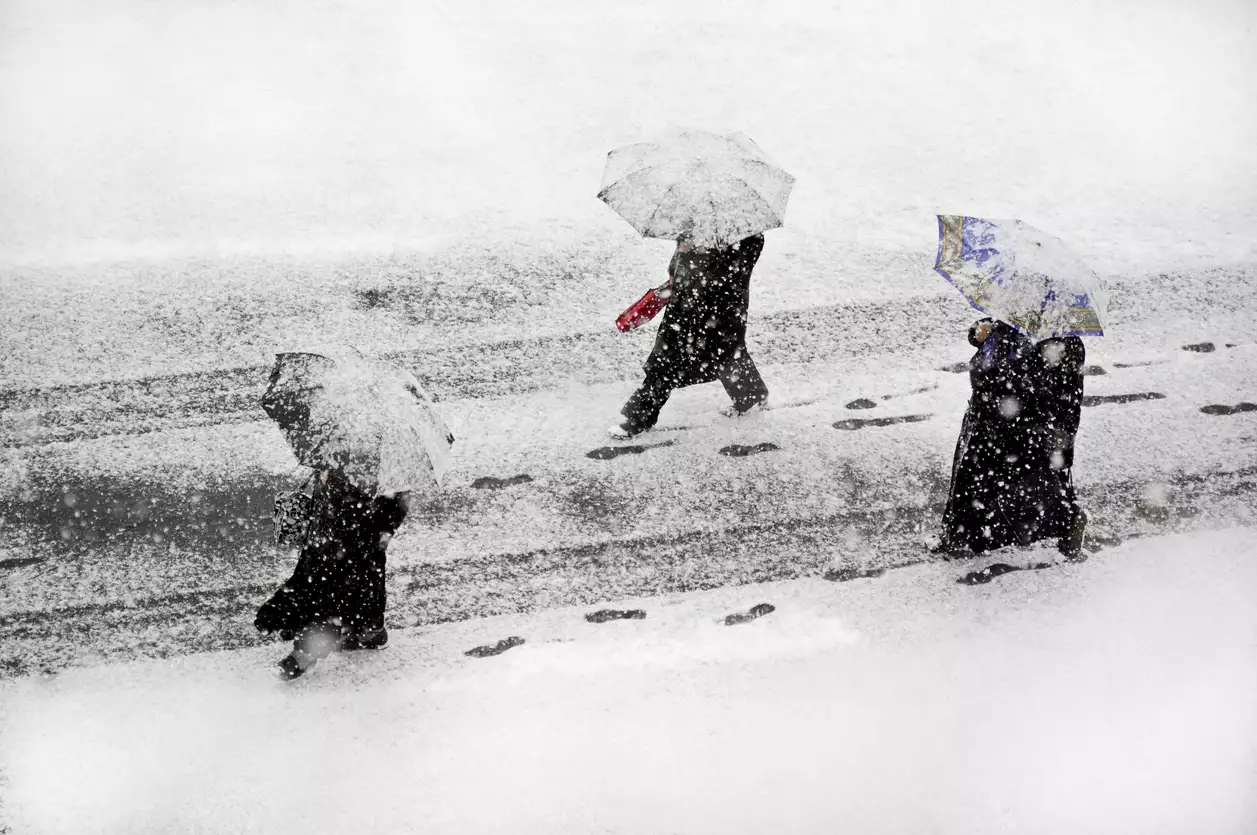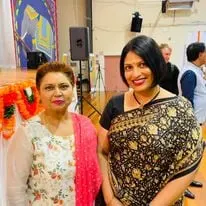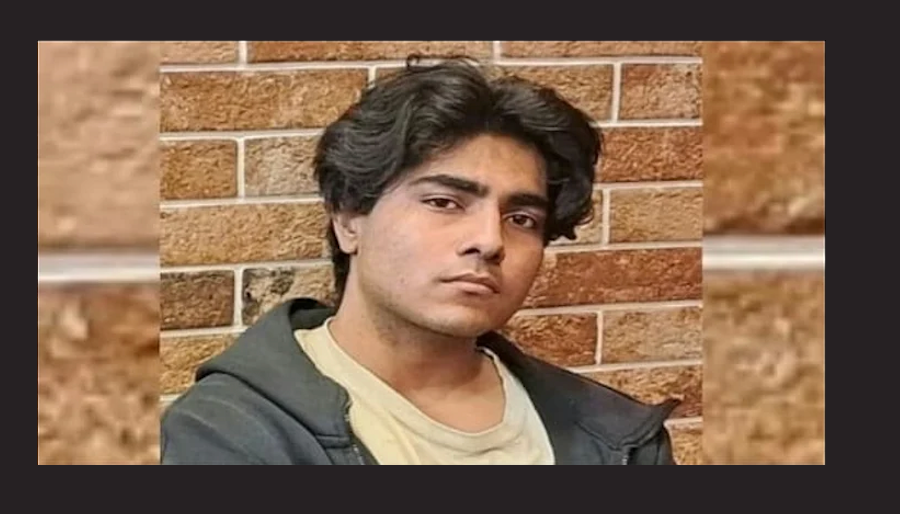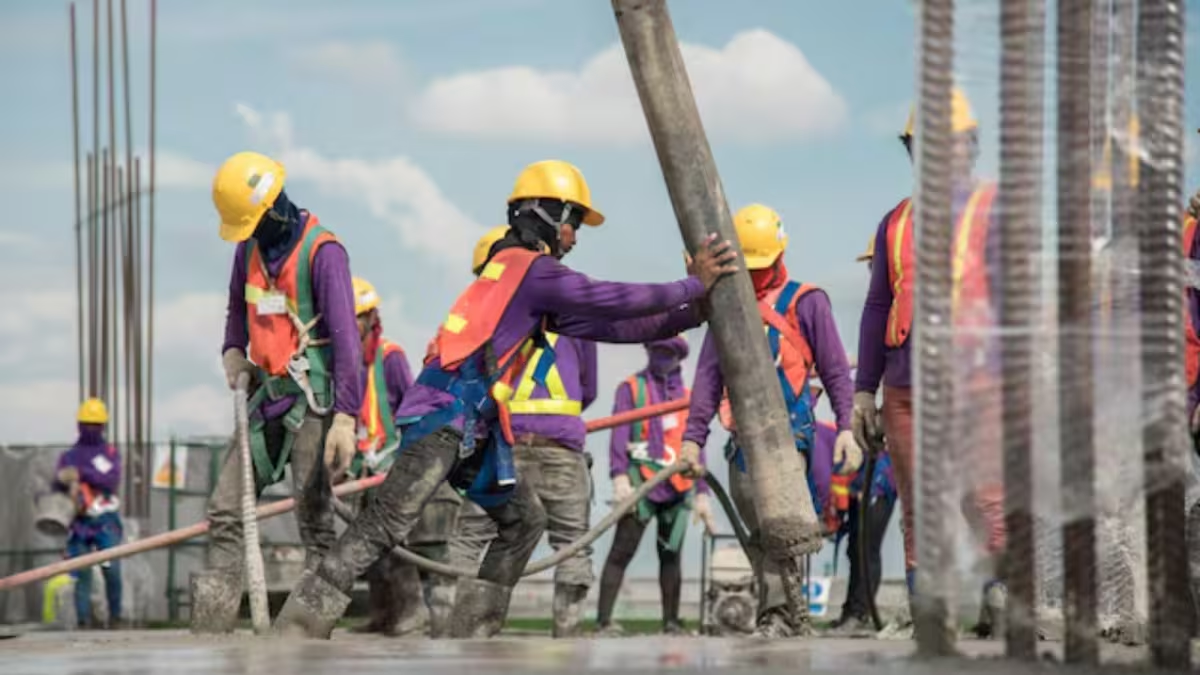Each regiment develops its ethos and principles based on the ‘combined genius of the troops’ and the ‘leadership provided by the officers’
Chandigarh: Passing out from any of the academies is a very significant moment and especially so from the Indian Military Academy, as it is here that one’s choice of arms gets finalized, Brig Gurwant Baghiana (Retd) in a special tribute in The Tribune, Chandigarh., writes.
. The allocation of a regiment seems like a surreal moment and has a marked impact on one’s future, deciding whether one would be a tank man, in the artillery, a foot slogger or catering to rations and clothing, etc.
With insurgencies raging, along the Line of Control and the IPKF deployment at its peak in Sri Lanka, there were adequate opportunities for young officers to earn their spurs and the excitement of soon being involved in combat operations was obviously palpable.
My excitement had no limits when I was assigned one of the most prestigious regiments, 5 GR (FF), and within it, the seniormost battalion, 1/5 GR (FF), also fondly called ‘Jethi’.
The first thing about the Gorkhas was that few in the Army comprehend how Gorkha units are numbered. For example, they find it difficult to differentiate 1/5 GR from 5/1 GR, so much so that whenever we were in the station together with 5/1 GR, the field post office usually got the mail to the cconcerned batallions mixed up.
Having reached the unit and started the rigorous routine of settling down, I learnt the significance of remembering the numbers of individuals other than their mixed up names, as a platoon may have more than a couple of Dhan Bahadur Thapas/Gurungs (slowly, over time, you learn to differentiate between the Thapas and Gurungs, based on the slant of their eyes).
Despite whatever seniority they may achieve, even up to Subedar Major of the unit, their number was the main identity — chappan (56), challis (40), tettees (33), a tradition peculiar to Gorkha battalions.
The realisation of being the only Sikh in the battalion, though being reflective of our secular credentials and however proud I may be of this, did pose a few practical challenges.
The items of uniform being peculiar to me being a Sikh officer were not very well known to the sahayak and even the dhobi.
Coupled with the language barrier (it being mandatory for a newly commissioned officer to be allotted a sahayak from the interiors, whose understanding of any other language other that Gorkhali was rather elementary, in case not nil), it made the situation rather piquant for me.
So commenced an arduous journey of familiarising the sahayak with items like the pagri and patka (headgear for Sikhs for different occasions), pooney (the procedure of preparing the pagri to be tied around one’s head), the fifti (worn underneath the pagri, reflecting a triangle of a contrasting colour under the folds of the pagri), and thatha (cloth to keep the beard in place).
I have covered the main ones. However, there are various ancillaries too. My worst nightmare used to be my sahayak being changed as all the briefing, etc, would have to be done again amid the scanty time available to a young officer.
A recent feature film has extolled the bravery of the Gorkha troops. Suffice it to say that each regiment develops its ethos and principles based on the “genius of the troops” and the “leadership provided by the officers”.
This enviable combination has steered the Gorkha regiments to be among the best anywhere. The retention of this bond is essential as it binds the countries of Nepal and India in a warmer embrace, duly blessed by ‘Maa Durga’.
***********************************************************************
Readers

